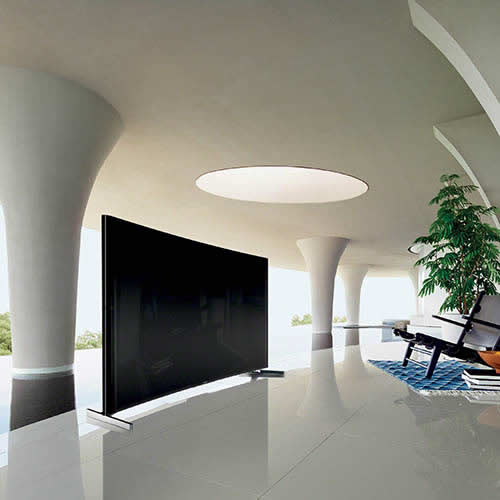With almost half of all 4K TVs sold being smart, GfK account director, CE, Nick Simon suggests that may still be a big driver as well as consumers’ desire to future-proof their purchases
After reaching a peak of 10 million units in 2009, the TV market has declined somewhat, but now appears to be settling into an annual sales trend that has fluctuated around six million units over the past three years.
Not for the first time, a new TV technology – in this case 4K/Ultra High Definition – has been launched and has quickly been acquired by a significant proportion of consumers, even if the new technology itself doesn’t appear to be the main reason for purchase or cannot be used to its maximum potential.
At the height of summer, 4K broadcasting was limited to subscription video-on-demand and a limited range of sports events, and this latter group did not include the European Football championships or the Olympics [Sky, of course, will be launching its 4K service on August 13].
Sometimes such an apparent contradiction is caused either because consumers believe they are already watching 4K rather than “mere” HD, or many of them are acquiring the latest ranges to ensure they are prepared for future broadcasting trends.
Sales to date are impressive. Although the first sets appeared in 2013, cumulative sales were already heading for the two million mark by June this year and sales in the second half of 2016 alone should add well over a million more units. Since the start of 2015, turnover well over £1 billion has been generated.
UHD now accounts for more than 80 per cent of 50in+ and 90 per cent of 60in+ sales. Given the current importance of “smaller” sets between 40in and 50in, it is also encouraging that significant UHD volumes are being generated in these smaller screen sizes.
Most consumer electronics markets’ progress is further aided by competitive prices and UHD is no exception. By mid-2016, the average market price had dropped to £700, although these will hopefully be boosted as High Dynamic Range becomes a more prominent feature.
4K/UHD is also appearing in other vision products. It was to be hoped that the higher-end Blu-ray segment of the DVD market would be fertile ground. There have already been sales approaching 200,000 Blu-ray products that provide 4K upscaling and playback, but the key development has been this year’s launch of genuine 4K Blu-ray players and an accompanying release of several popular films which play back in UHD.
Clearly, new phenomena cannot prosper in Britain alone – Brexiteers’ assertions notwithstanding – and there is reassuring uptake right across Europe. Germany and Britain are vying for the honour of selling the most UHD TVs, with the former edging ahead of Britain in 2016. The French market is not far behind.
Meanwhile, smart TV is the default option for TV buyers, so there are very few UHD TVs sold that aren’t also smart, and there has also been an increase in smart share for UHD, now approaching 50 per cent.
It is also worth pointing out that the evolution of smart TV has been characterised by doubts over the proportion of consumers that have been using smart technology. GfK’s smart home survey reveals that only 25 per cent of those owning smart TVs actually use smart features. When controlling other smart products in the home, consumers are much more likely to use smartphones, laptops and tablets.


